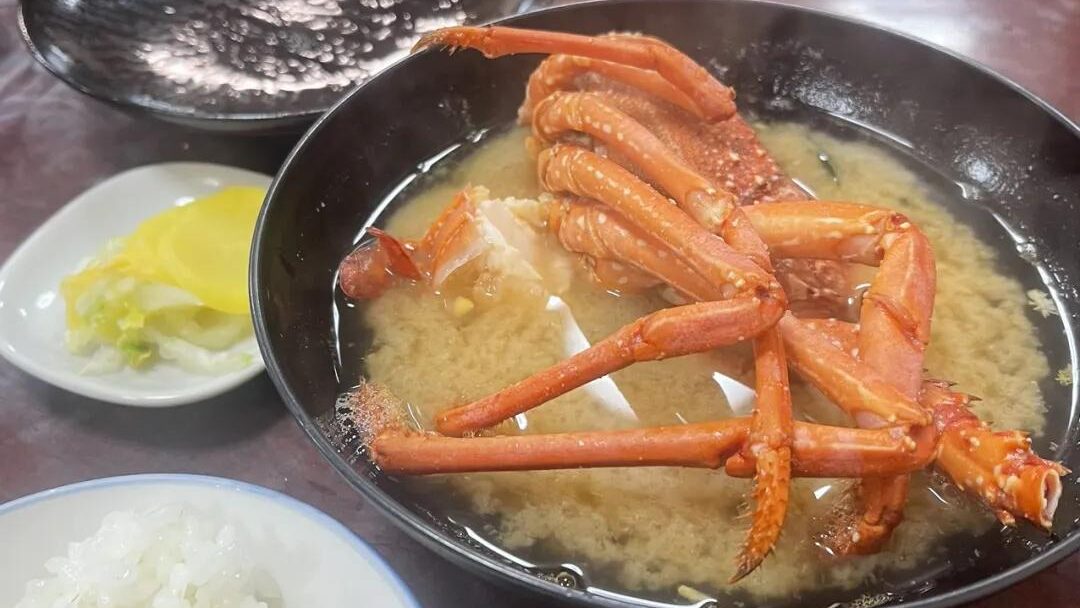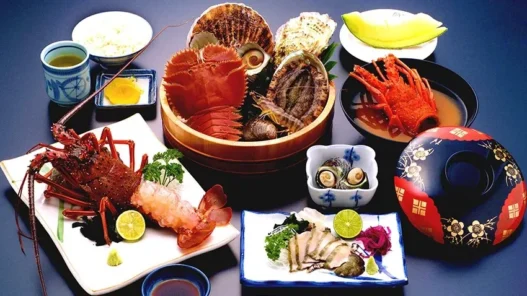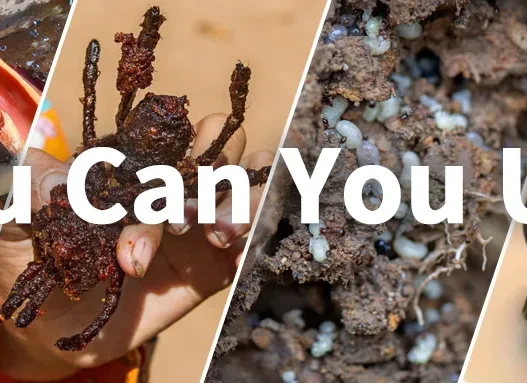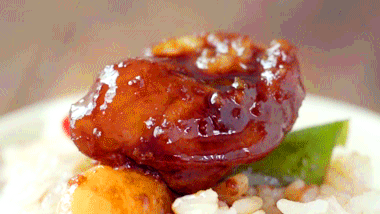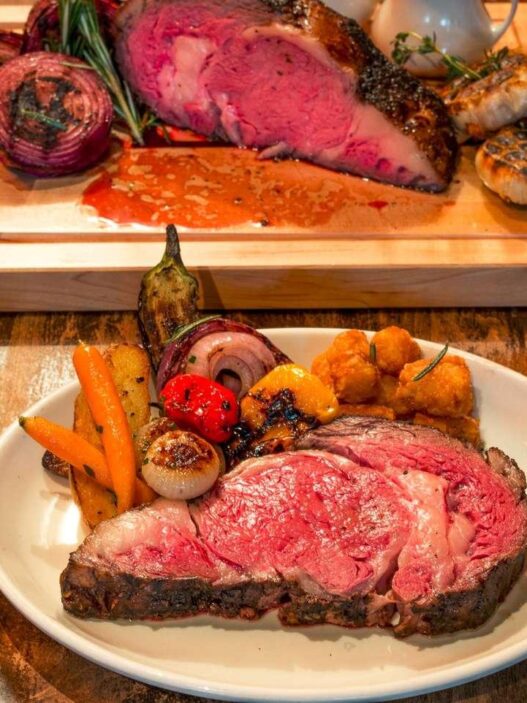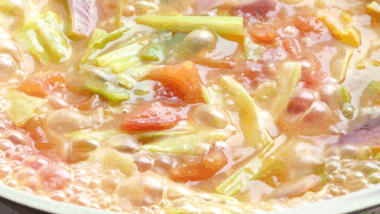During a recent trip to the Shikoku region of Japan, I made a special visit to a well-known local seafood restaurant called Ama Cuisine Shishikui.
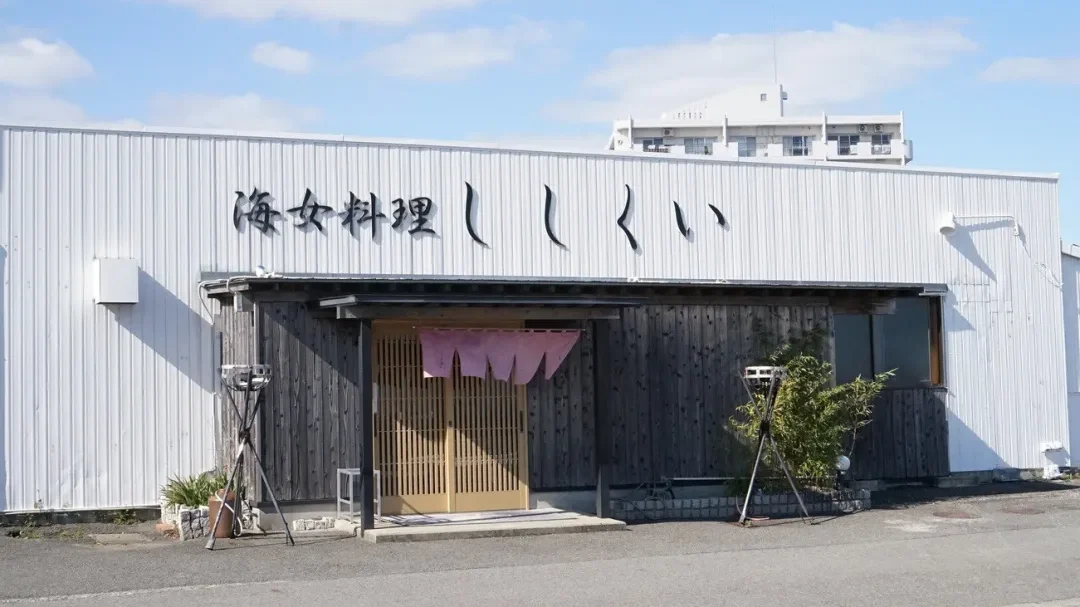
First Encounter with Ama Cuisine
The restaurant is located far from the city center, near the port of Tokushima. Although not in the bustling downtown area, there’s a bus stop nearby, making it very convenient for those without a car.
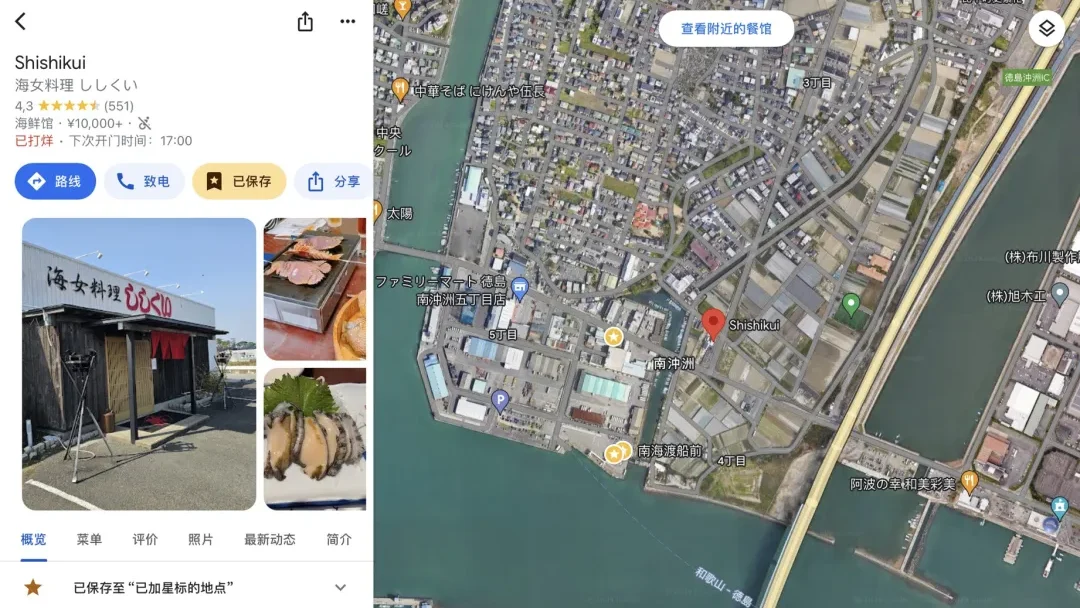
Due to the restaurant’s popularity, I even had the hotel front desk call to make a dinner reservation beforehand, just to be sure.
In the evening, I took a leisurely bus ride to the restaurant, where the staff warmly welcomed me, confirmed my reservation, and showed me to my seat.
Perhaps because it’s away from the city center, the restaurant is quite spacious. All the seating is traditional Japanese-style with tatami mats, paired with somewhat aged lacquered wooden tables. Each table is equipped with a small gas grill and some condiments. The surrounding tables were filled with Japanese diners, including office workers in suits enjoying after-work meals and families out for dinner.
The menu is straightforward and divided into levels of luxury: Ume (Plum), Take (Bamboo), Matsu (Pine), and the super-sized Special Matsu.
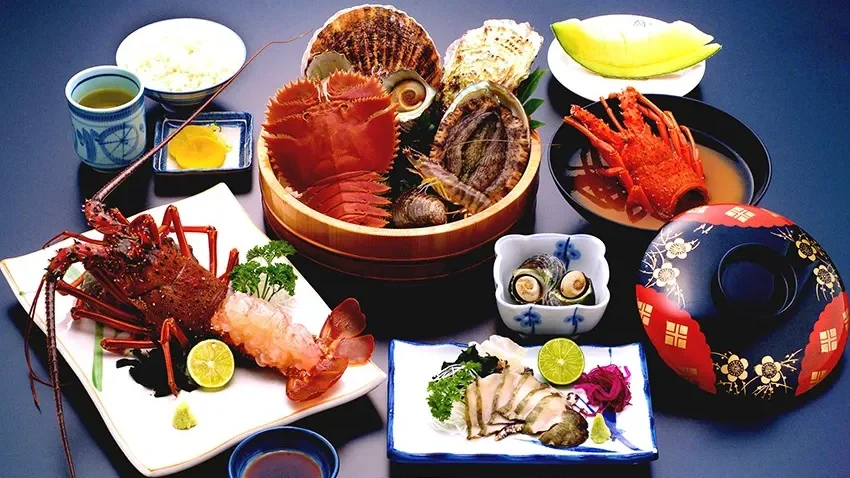
The prices are quite reasonable, with the top-tier Special Matsu costing only 12,000 yen (about 500+ RMB at the time), which includes three large, fresh, live Ise lobsters, making it excellent value for money.
Not wanting to miss out, I unhesitatingly chose the Special Matsu, ready to indulge.
The servers, mostly middle-aged women, quickly brought out a basin of freshly caught seafood, each one lively and vigorous, with one shrimp even jumping onto the floor.
But where were the other lobsters? The answer would come soon.
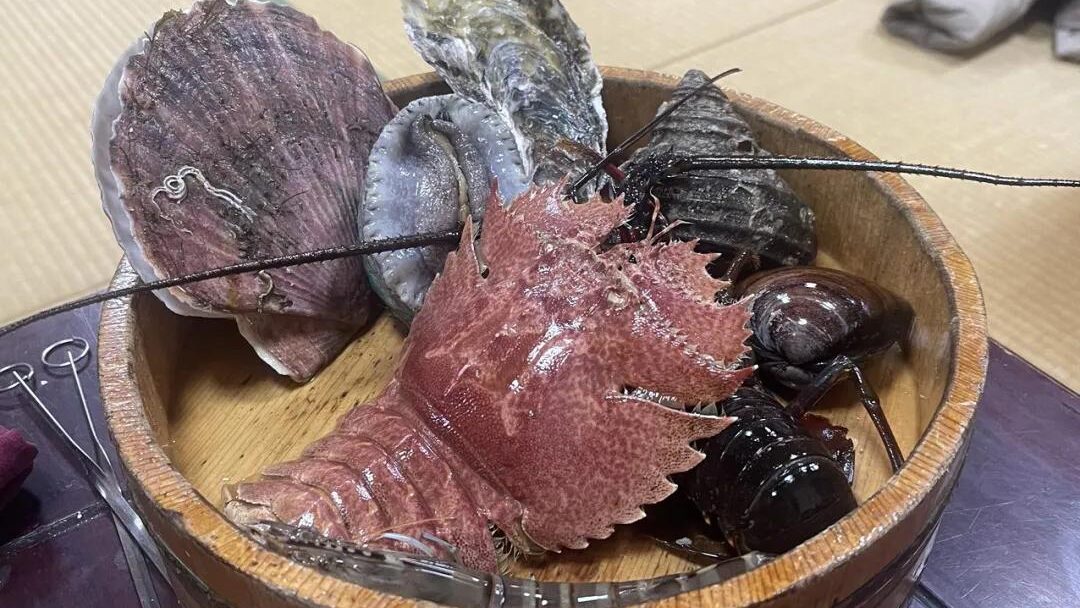
The server expertly separated the shrimp’s head from its body, grilling the head separately and tossing the body into a special soy sauce dish. The shrimp’s body was still twitching when it was put into my mouth, fresh, sweet, and bouncy.
The Ise lobster was taken from the basin, skewered from the tail to prevent it from struggling, and then grilled live over the fire, with its legs and antennae still moving.
This cooking method is called “Hamajima-yaki” or “Cruel Roast,” where freshly caught seafood is placed directly on the fire to be grilled, allowing you to witness the struggle and the transformation of the creature’s vibrant life into delicious flavor. The name “Cruel Roast” is indeed fitting…
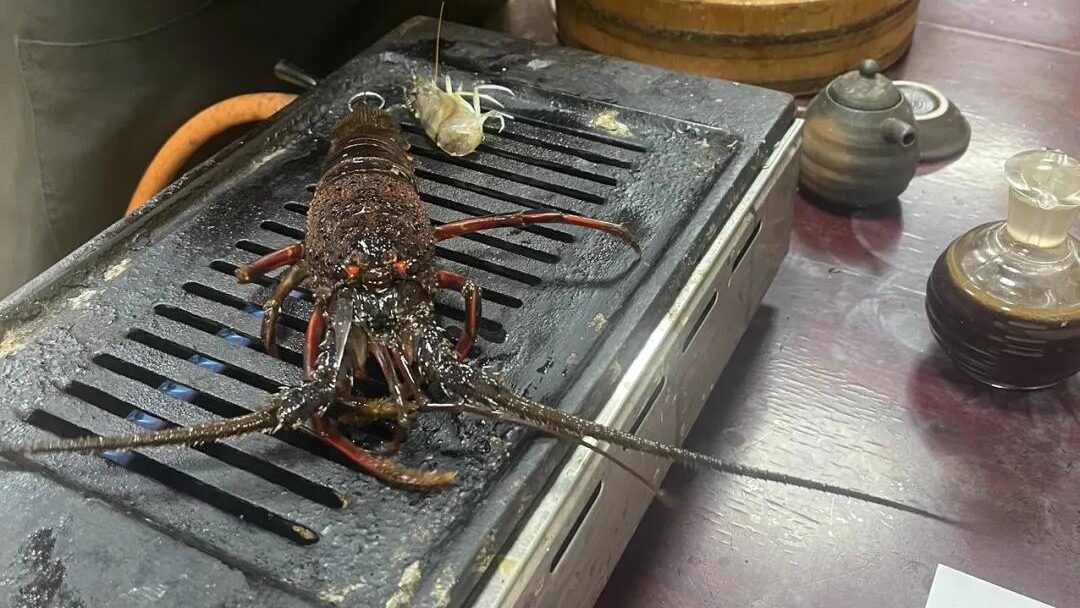
While the shrimp was grilling, fresh abalone sashimi was served, to be eaten with soy sauce and wasabi, both fresh and crisp.
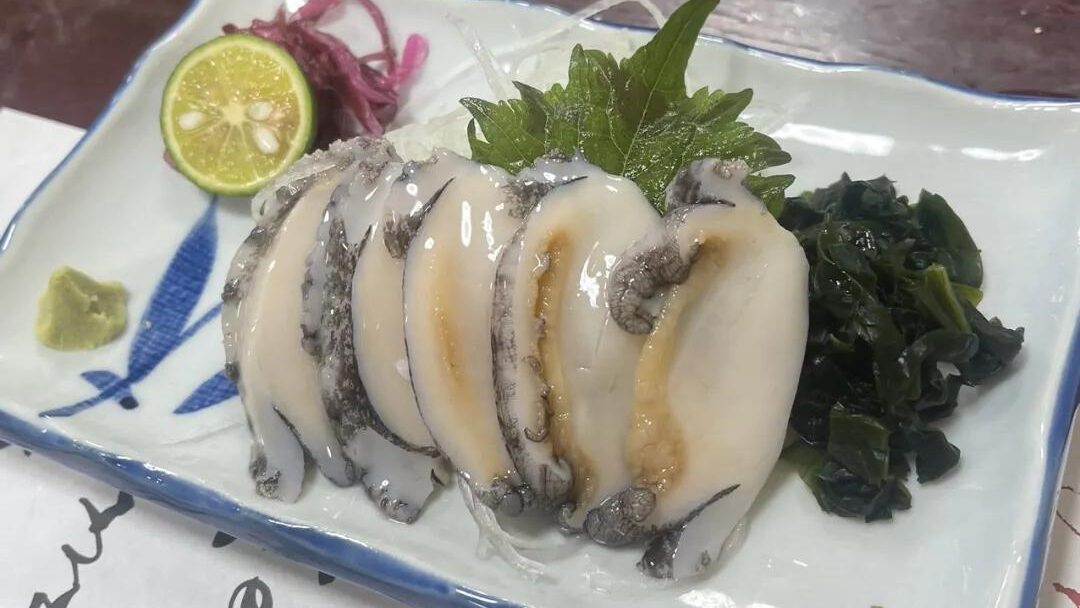
The missing Ise lobster made its grand entrance; its tail meat was meticulously sliced into sashimi, placed back into the shell, and served with the lobster head.
Like its grilled counterpart, this lobster’s legs and antennae were still moving, showcasing its freshness.
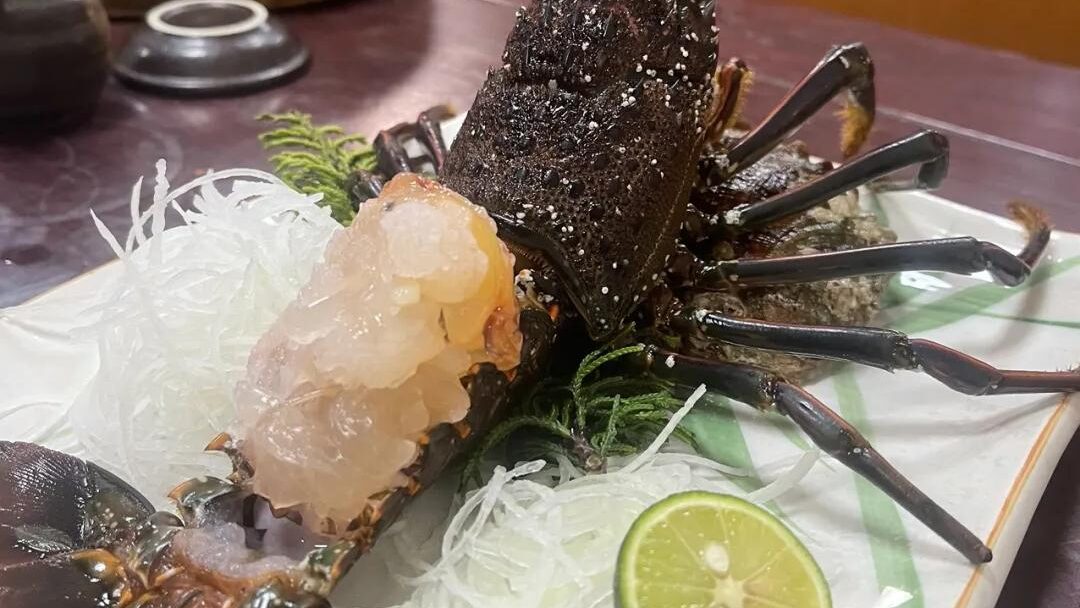
The grilling was mostly done by the servers, who used their hands with the aid of just a wet cloth, rarely relying on other tools, demonstrating their skilled handiwork.
Once grilled, the lobster meat was quickly removed, steaming hot, and served with a special soy sauce, overflowing with freshness and sweetness.
Other seafood like whelk, mantis shrimp, and large clams also met their fate on the grill.
The climax of the meal revealed the fate of the last Ise lobster – a rich lobster miso soup was served, perfectly rounding off the meal with rice and side dishes.
The meal was incredibly satisfying, not only for the fresh and lively seafood but also for the chance to watch the servers’ skillful preparation of the seafood right at the table.
